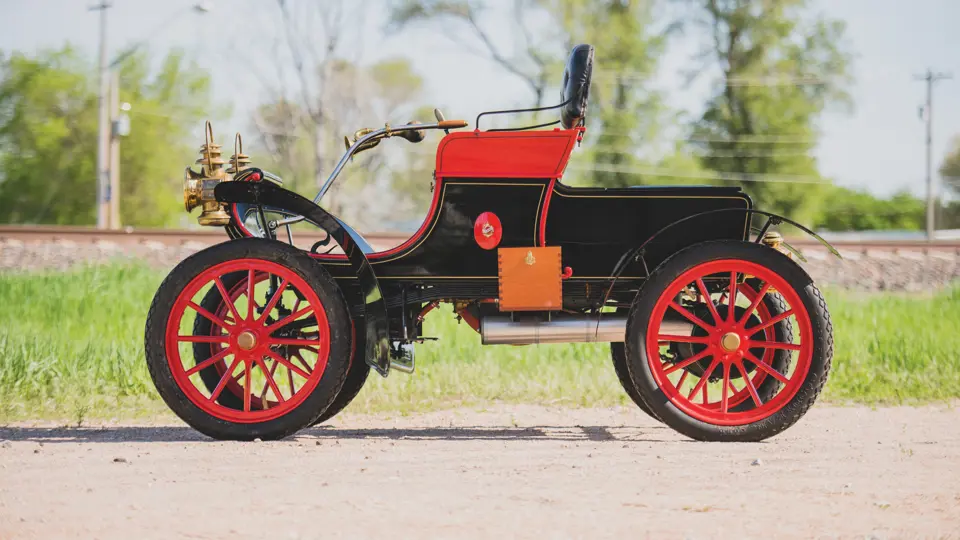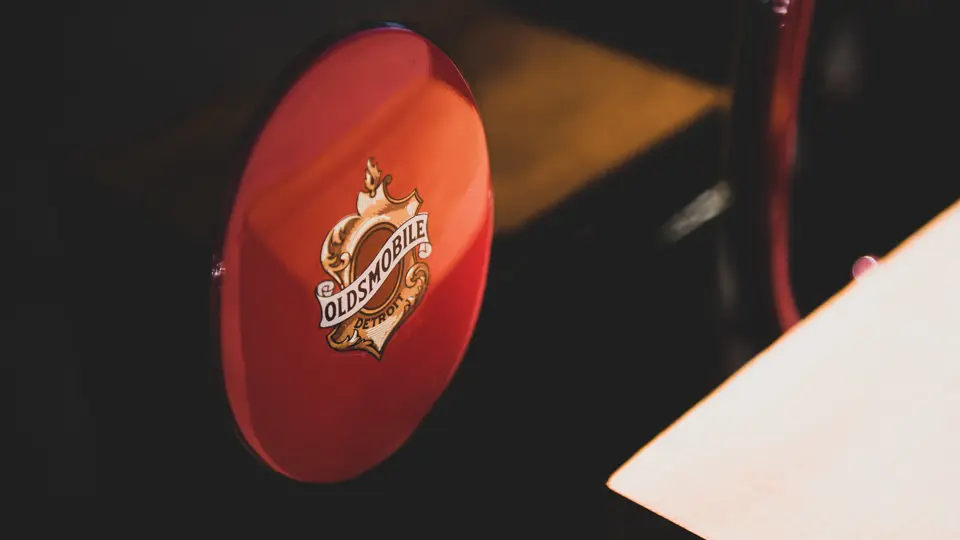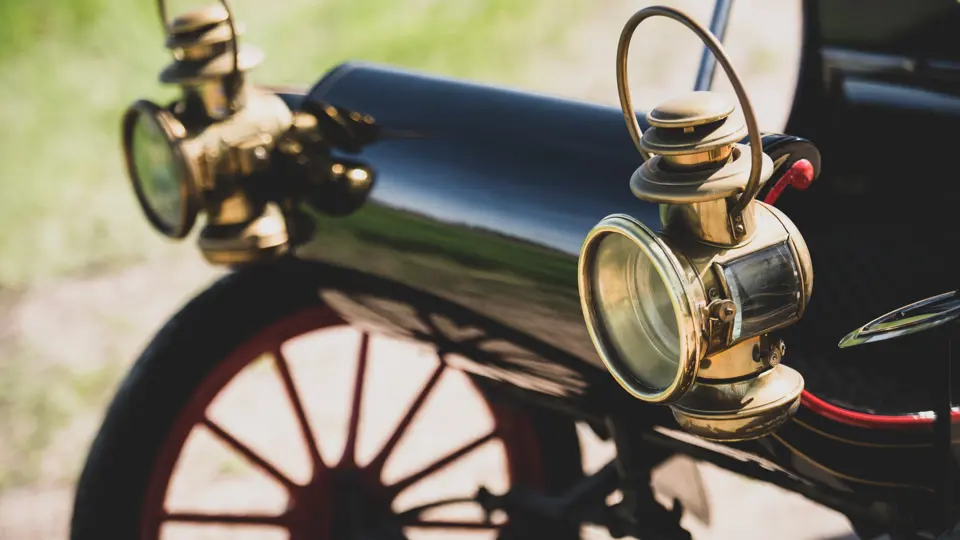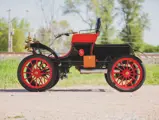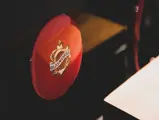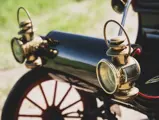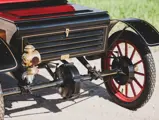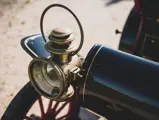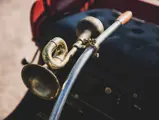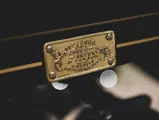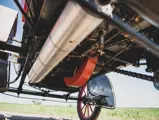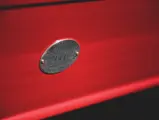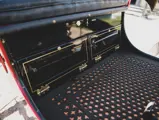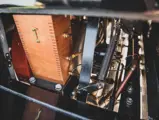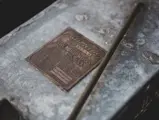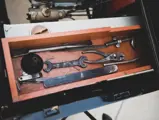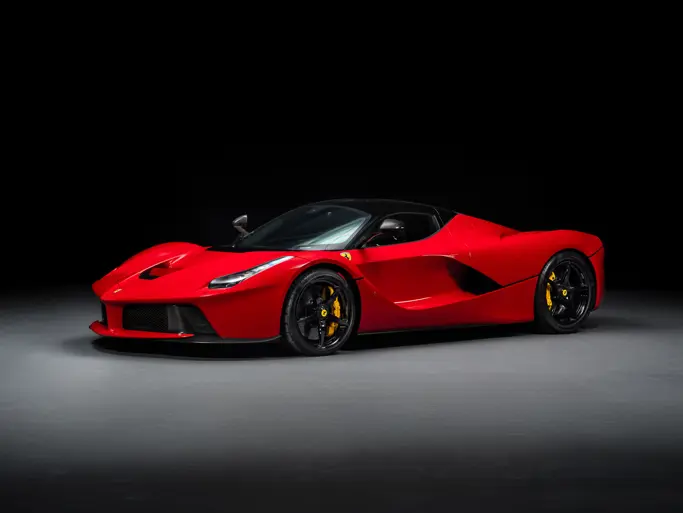After experimenting with steam and electric propulsion, Ransom Eli Olds switched to internal combustion. His light runabout, the famed curved-dash model, was completed in 1900 and ready for the market early in 1901. A fire in the factory delayed the start of production, so cars didn’t reach the public until late summer. The 650-pound vehicle sold for $650.
Propelled by a horizontal single-cylinder engine under the seat, it had a two-speed planetary transmission and driver controls on the right, with steering by center tiller. The chassis design was elegant. A long leaf spring on each side connected the front and rear axles. The wood body attached to the top of the springs, and a small transverse full-elliptic spring in front damped out any fore-aft rocking motion. Truss rods were added to the axles in 1902. The car’s popularity grew and grew, surpassing the steam Locomobile as America’s best-selling car in 1903. Curved-dash models remained in production through 1907, by which time they had been joined by a straight-dash model and cars as large as a 106-inch-wheelbase four.
This Model 6C CDO was registered by Albert Karras of Elk Creek, Nebraska, on 7 August 1905 and issued medallion number 441 by the Nebraska Secretary of State. Although the registration was only renewed through 1910, the medallion is still on the car. It was acquired by the Merrick Collection in 1993 from Alfred Bongers of Grand Blanc, Michigan.
Meticulously restored in black with red accents, it has the iconic Oldsmobile emblems on the sides of the seat and the obligatory brass Selden Patent plate on the rear of the body. The seat is upholstered in diamond-pattern buttoned black leather, and the entire car is clean as a whistle. There are many curved-dash Oldsmobiles about, but few of this quality and documented history.




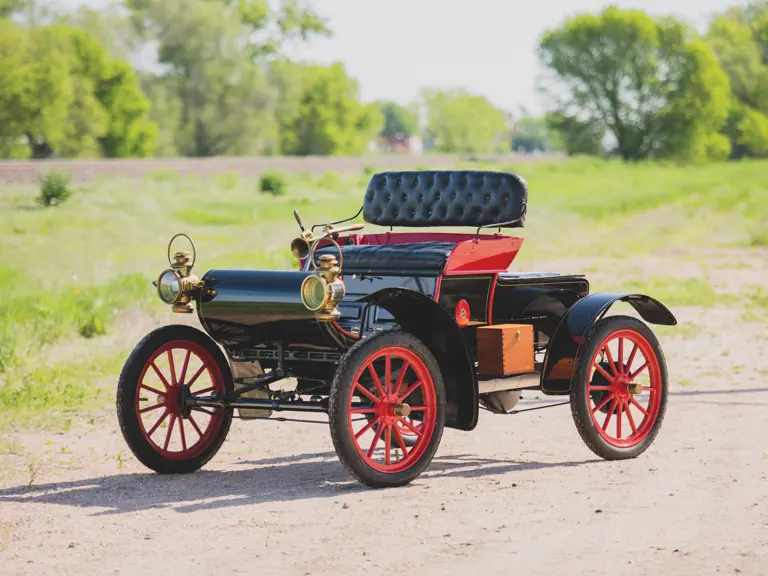
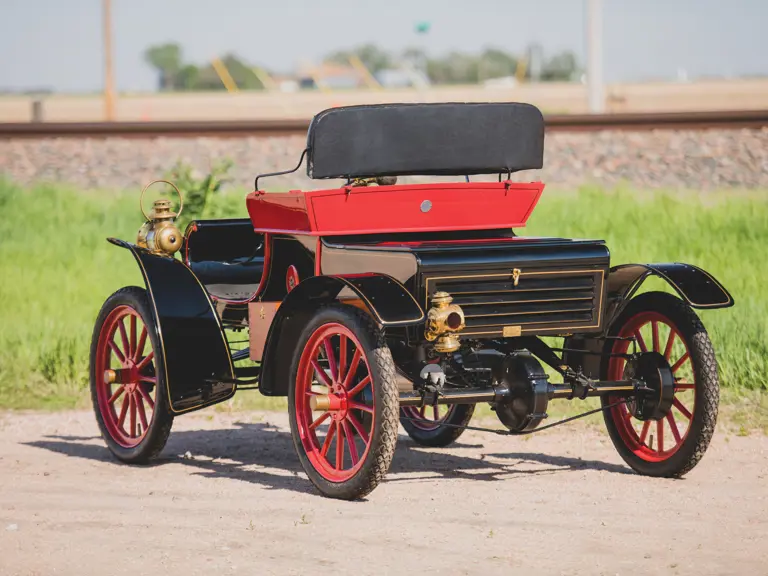

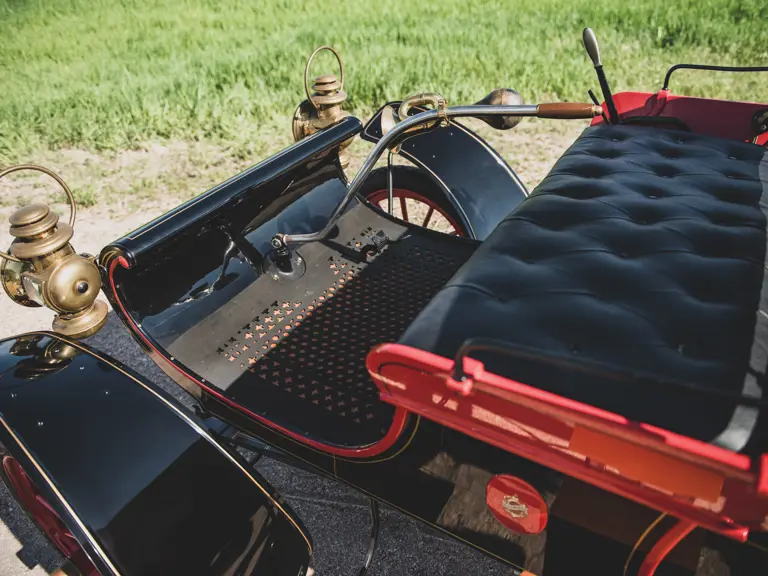
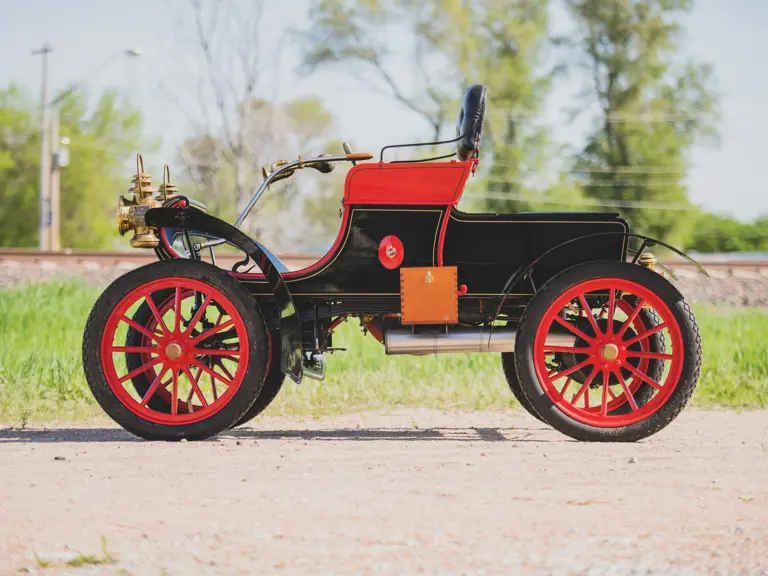

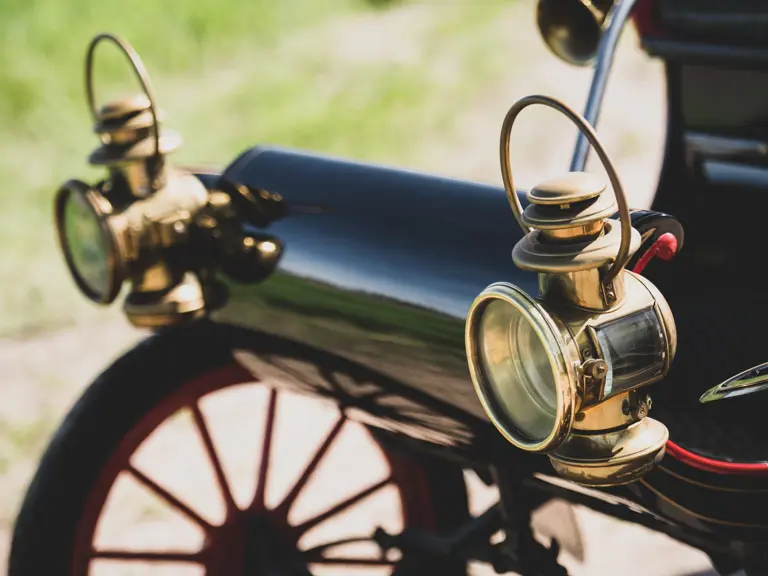
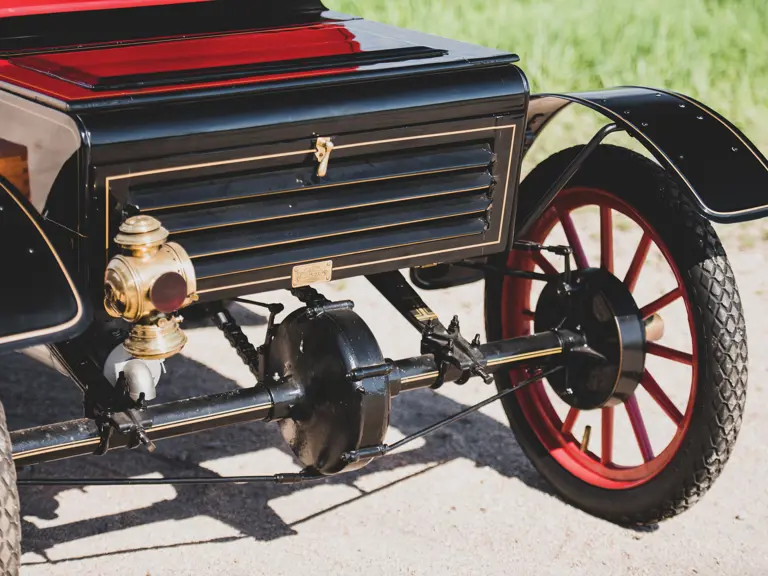


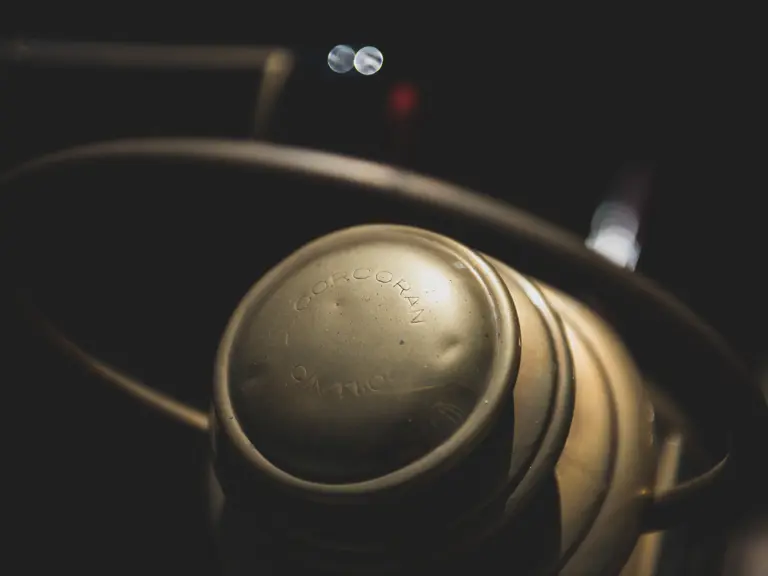
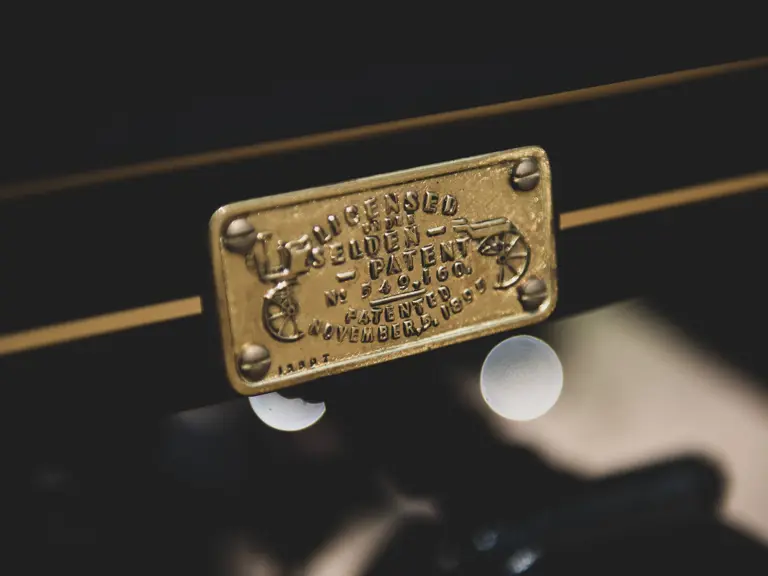
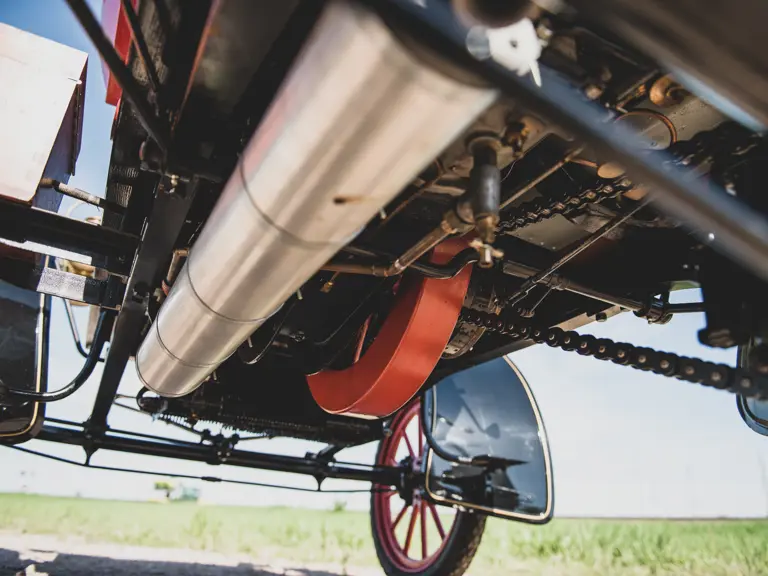
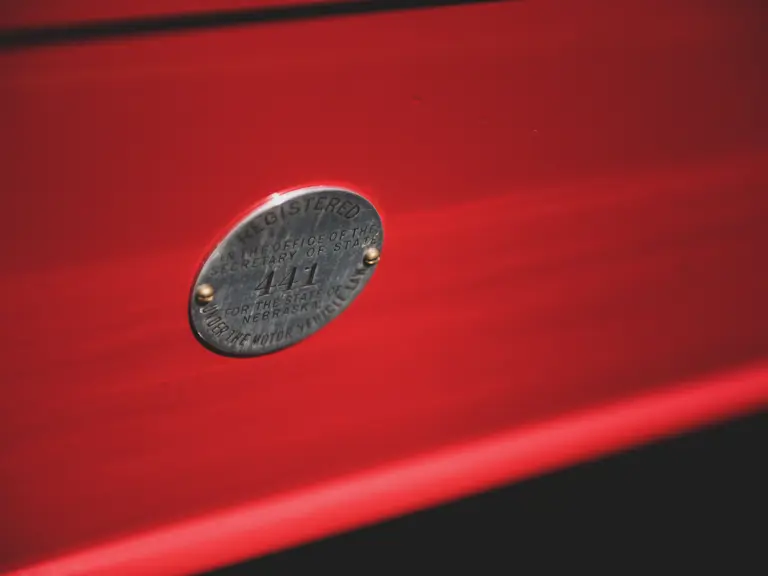

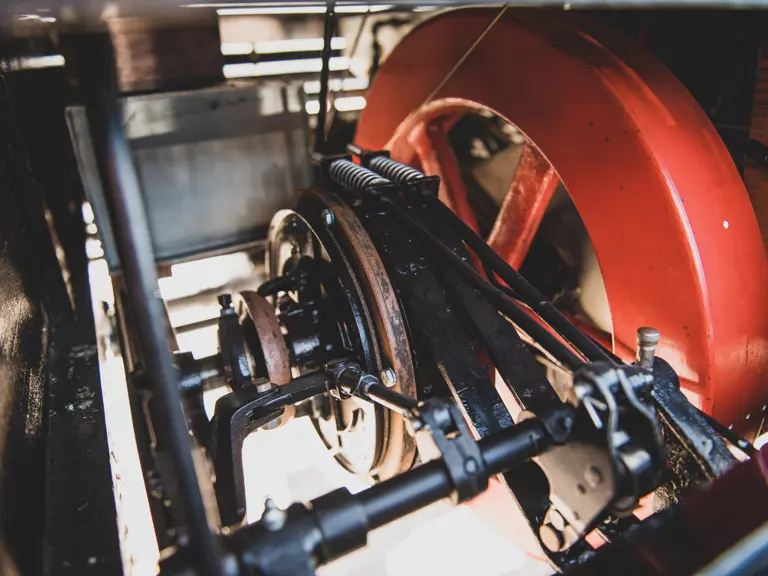
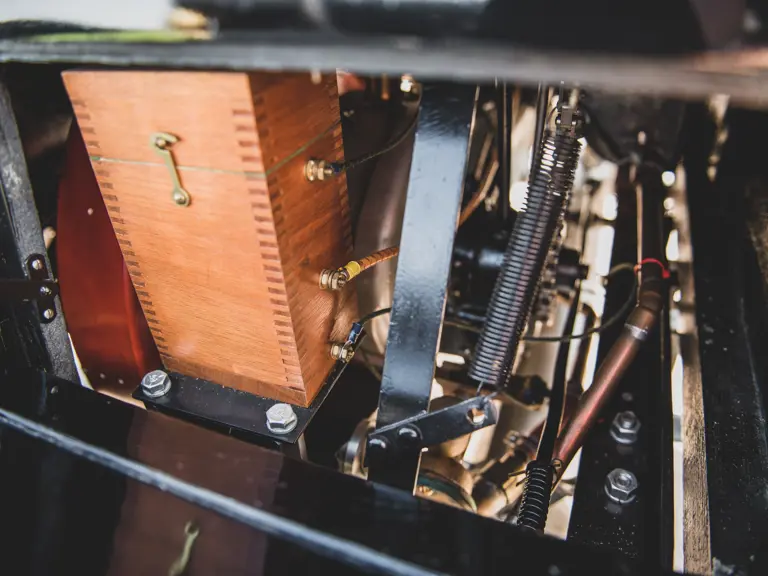
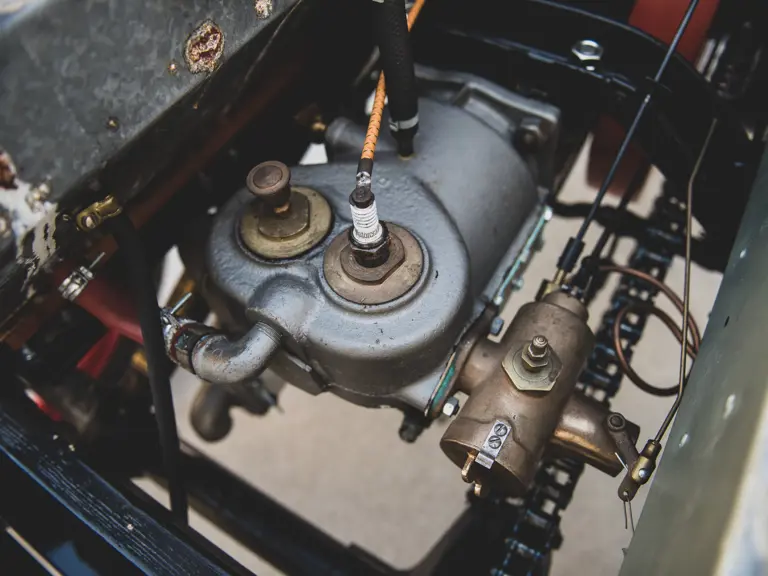
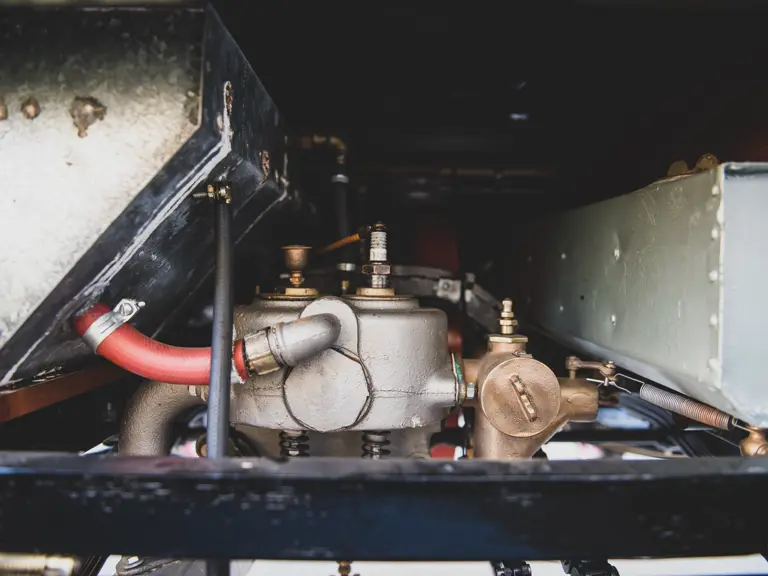
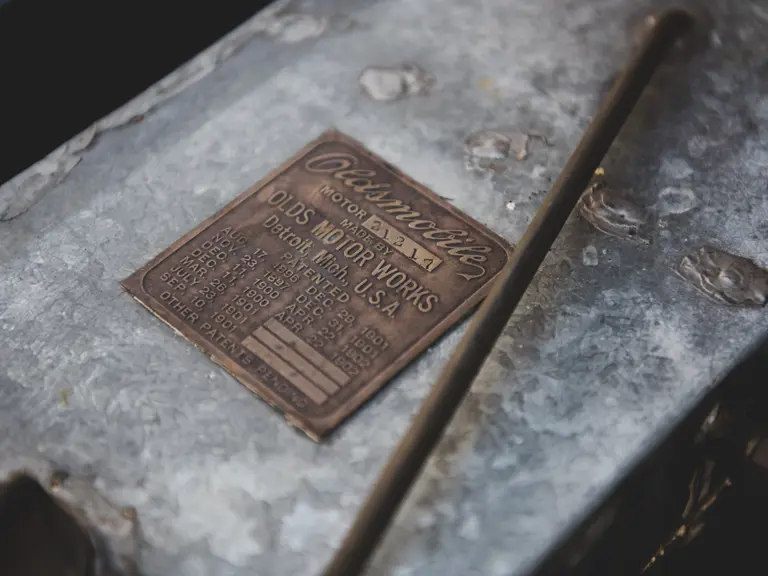

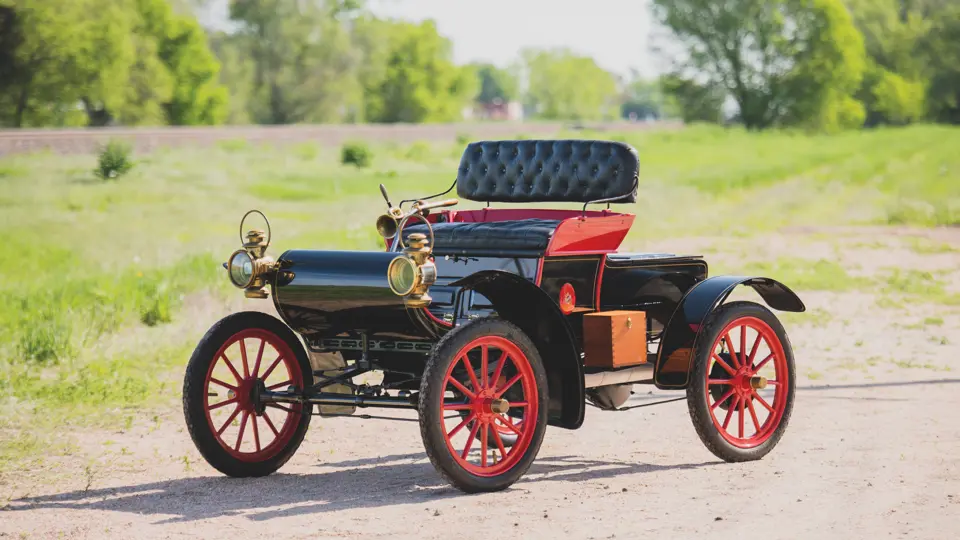
 | Hershey, Pennsylvania
| Hershey, Pennsylvania
